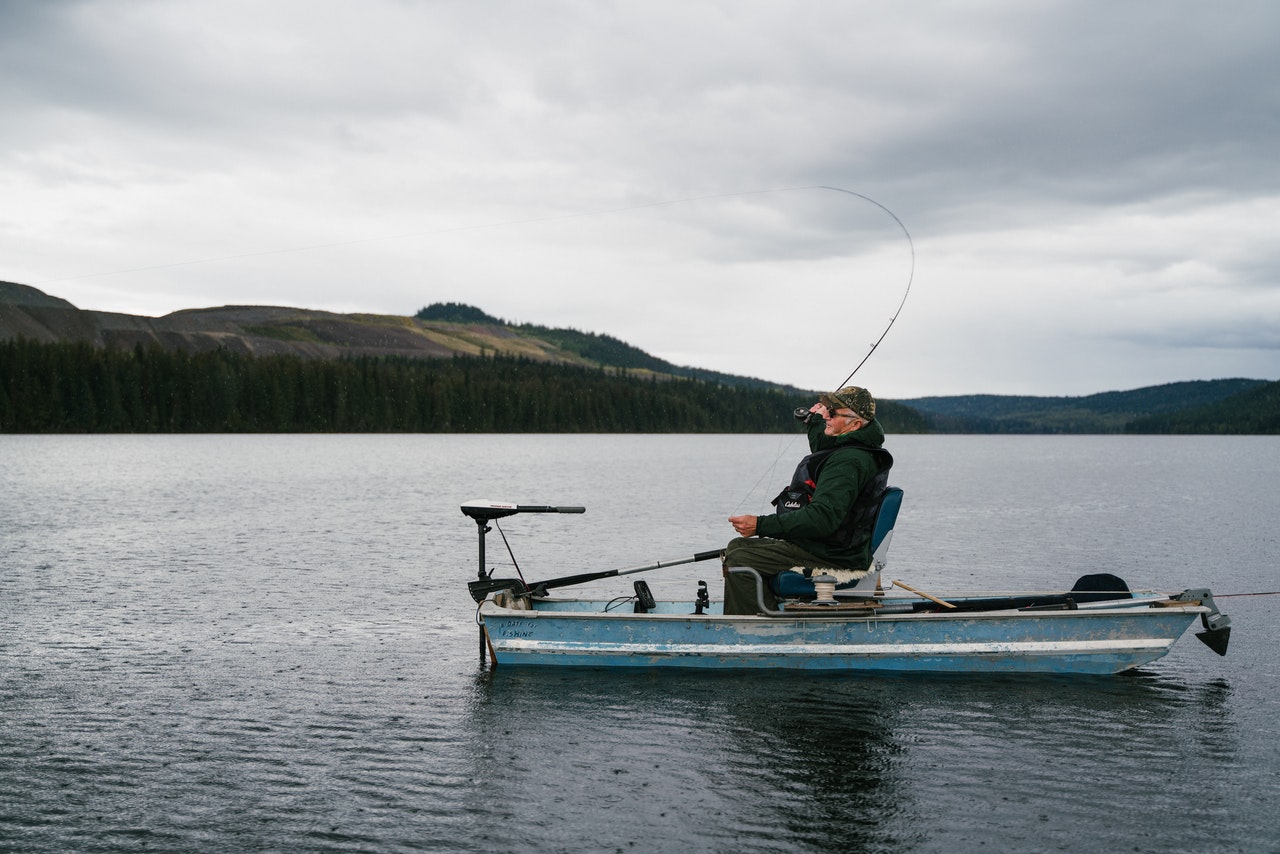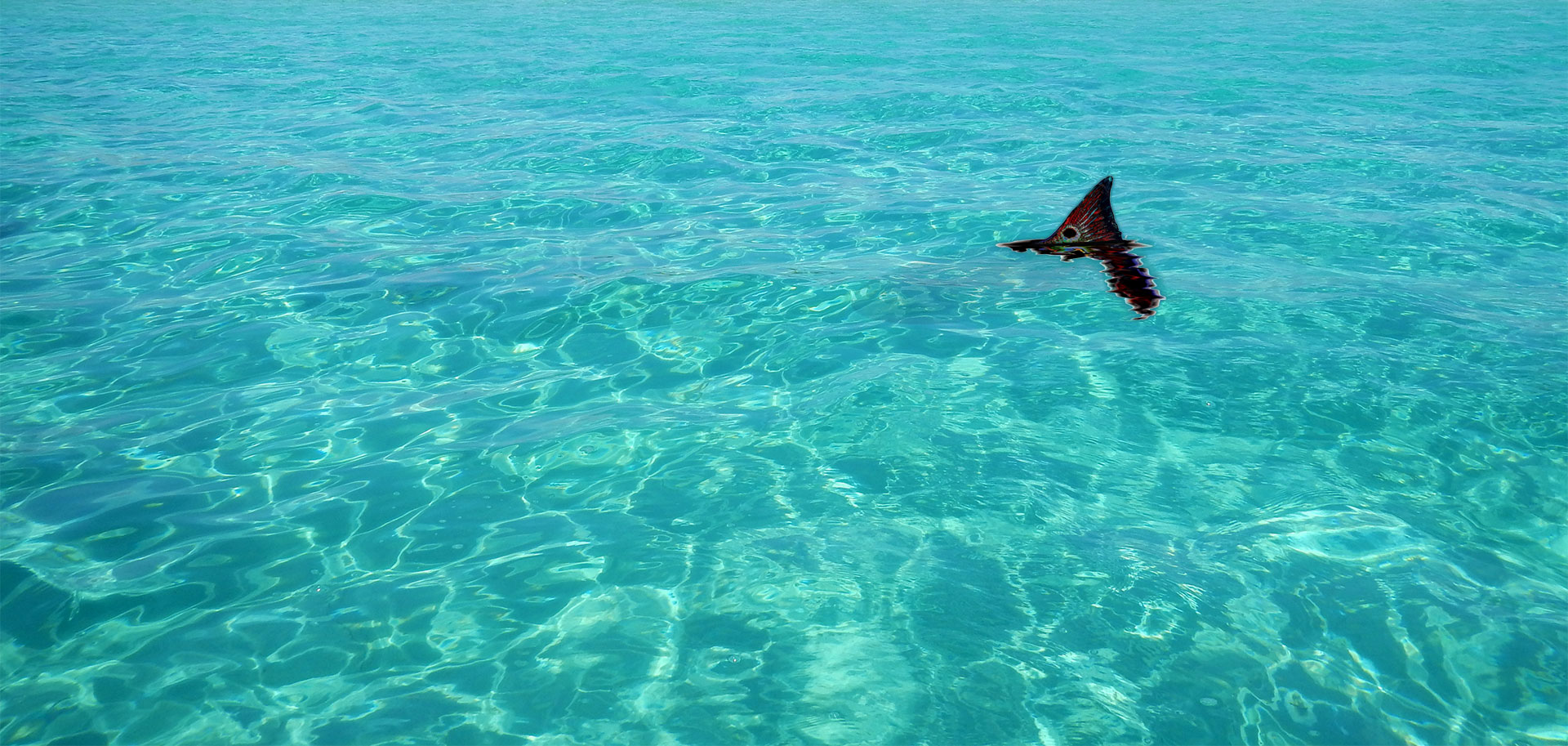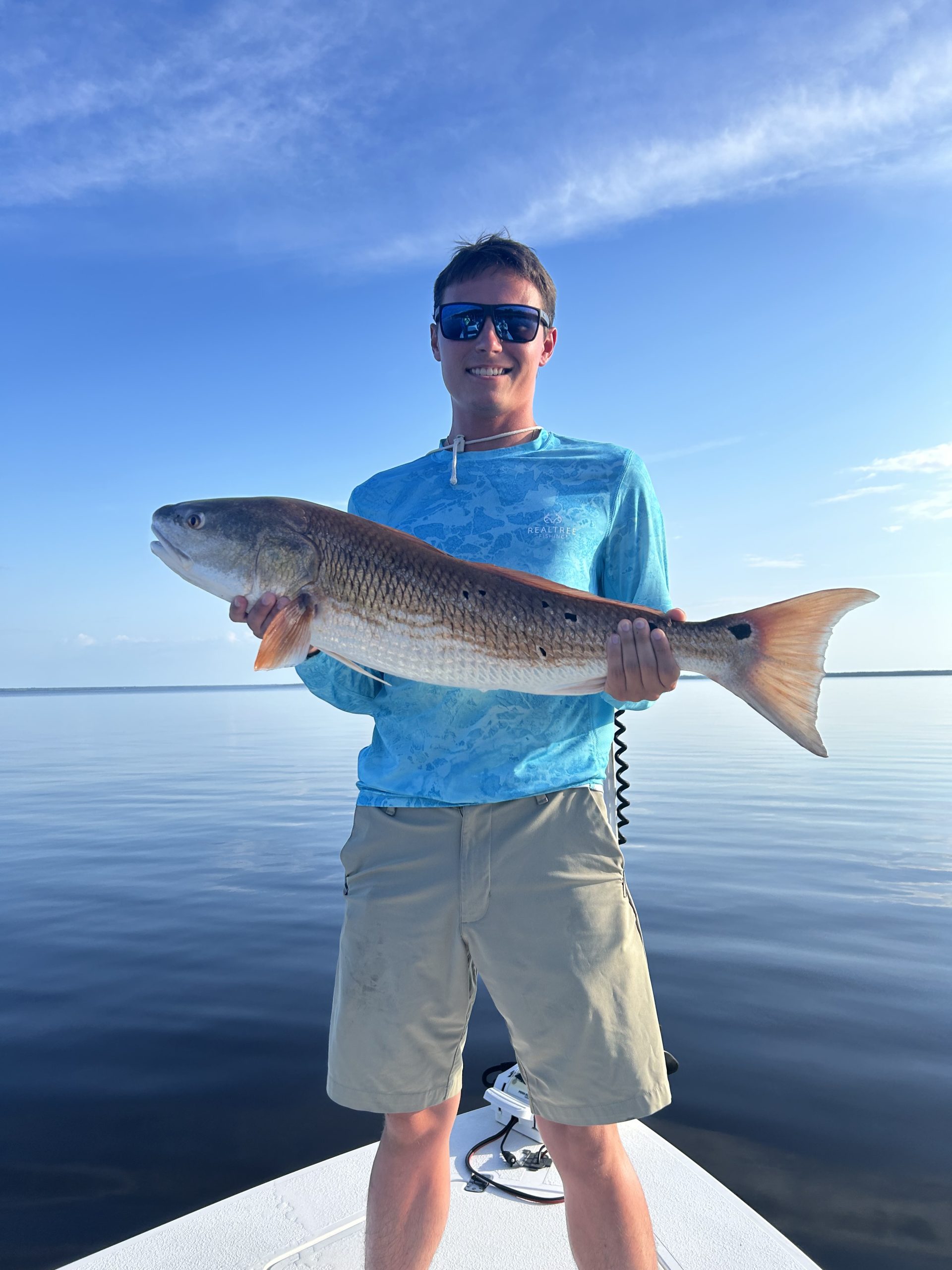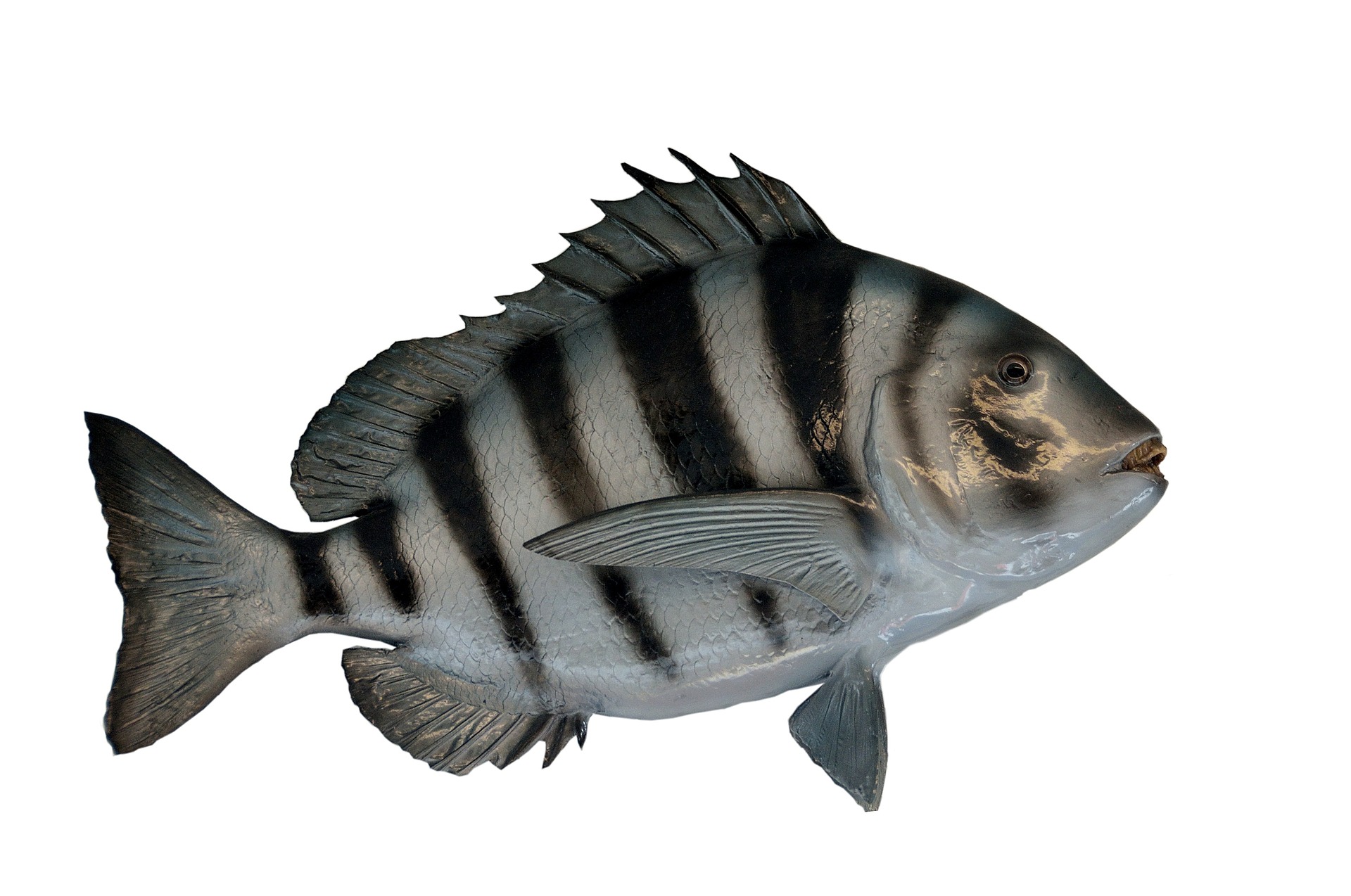
Tips for Successful Pompano Fishing: What You Must Know
Pompano is a notable inland saltwater fish. They are distributed along the east coast from the Gulf of Mexico to North Carolina. The typical weight of a Pompano is only two pounds, but they fight fiercely. Also, pompano are among the best-tasting swimming fish, as they possess a particular texture and flavor!
Here are pro tips for successful pompano fishing that you must know:
1. Jigs Are the Most Often Used Pompano Fishing Lure
A jig is the best pompano fishing lure. It is essentially a weighted hook with some sort of dressing on it. The jig lure realistically mimics this fleeing prey bouncing along a sandy bottom.
These lures can be presented directly where the pompano feeds. These types of fish are attracted to them because they appear to be something they would eat. As a result, they are highly effective pompano fishing lures.
2. Flats Drifting Is Effective in the Inshore Bays
The most excellent method for catching pompano in the coastal bays is drifting the flats while throwing jigs or live bait. Generally, water depths between 2 and 10 feet with a mixture of sand, shell, and grass are optimal.
Pompanos are highly mobile, so fishers must first locate them to catch them. It is best to try to approach them from the water’s surface while they are cruising.
3. Passes and Inlets Are Prime Pompano Fishing Spots
Many anglers choose to fish in passes. Pompano has a very long tracking ability. They can easily be found in the narrow channels located in keys. Besides that, inlets, although not as frequently used, are also perfect places for pompano fishing.
Pompano are usually easiest to catch in April, May, and November. Still, you can also catch them in other months, especially if the water temperature and surf conditions are excellent or similar to what the fish would like.
4. Pompano Feed Directly on the Bottom
A single glance at a pompano will reveal to the fisherman how it feeds. Pompano has a substandard mouth. Therefore, it is located below and behind the nose. Pompano probe along the bottom with their tails extended in quest of crabs, shrimp, and other crustaceans. In addition, their hard-nosed aids in this habit.
Therefore, most pompano are taken by fishers who present their lures and bait on the bottom. Standard high/low bottom rigs effectively in the surf and when fishing vertically. Anglers that employ lures also keep them on or near the bottom.
5. Skipping Pompano to Find Them on the Flats
When alarmed, pompanos have an odd behavior: they “skip.” As a kid, every angler skipped flat stones across a pond. When terrified, pompano perform the same thing: they turn sideways and “skip” across the surface. This can be used by anglers to find them. Once pompano are observed skipping on the surface, the boat can be idled or even driven on plane, and the area can be extensively fished.
Conclusion
Pompano is a highly aggressive fish. It is suitable for those that want to practice saltwater fishing. For this, you must know how to use their natural characteristics and work around their aggression. Then, you will be able to succeed!
If you want to try deep-sea fishing in Pensacola, Florida, Showintail Inshore Charters can assist you. We provide a fun, family-friendly inshore fishing experience for you and your loved ones. Contact us today!






No Comments
Sorry, the comment form is closed at this time.